Bookings through Google are undergoing major changes, and attraction operators need to pay close attention.
Steve Martinez is Livn founder and CCO. He started Livn, a Google connectivity partner enabling attractions to get direct bookings straight from Google Search Results, in 2011, with the idea that any tour or attraction operator, whatever their size, could harness technology to distribute their product globally, without geographical barriers.
Today, as the company partners with Google’s new ‘Things to do’, he is responsible for Livn’s strategy, leadership, engineering alignment and direct customer engagement.
Using technology to connect the dots
For 11 years, Martinez had worked for a tour company that handled white water rafting, hot air ballooning, boats to an island, and beach hire kayaks out on the island. He found it was hard to update inventory for global partners.
“We dealt with everyone around the world,” he explains. "We were based up in an area in Australia called Cairns. This has about a million visitors a year. We were using a reservation system which was managing our inventory and updating all our pricing, availability and so on.”
Martinez decided to drop to four days a week, which was unusual at that point:
“For one day a week, I started working on this idea of using the technology we were sitting on to be able to tap into all the tourism operators, using symmetry: available seats, pricing, content. I successfully did that and onboarded about 200 operators in Cairns into an aggregated environment where I could retrieve pricing and availability.
"Then we connected the systems in other areas of Australia and New Zealand. We got private equity funding in 2015, where we went global.
"The remit was to connect reservation systems globally so that we could access different platforms in the tours and activities space to be able to retrieve real-time inventory, data and content for a global audience, and then distribute that via APIs to all the trade partners. That’s what landed me here at Livn.”
Google’s new ‘Things to do’
Google is phasing out its 'Reserve with Google' (RwG), with its ‘Buy Tickets’ button, and replacing it with Google ‘Things to do’. This affords a new opportunity for attractions and tour operators.
Livn is Google’s global connectivity partner, helping attractions and tour operators of all sizes to get more control over their content, pricing, and distribution in this new program. It powers the OFFICIAL SITE button, which will take users directly to an attraction’s website.
Through Things to do, operators can list their website alongside other reseller listings. This enables a direct referral straight to an attraction’s website or booking page, avoiding commission, and booking through a third party.
Martinez says, “We are pleased our official relationship with Google happened under the Google Things to do model, which we believe is more inclusive and powerful for the owner of the attractions, rather than giving more power to the established intermediaries such as OTAs.”
Being where the audience is
Google data shows that 83% of mobile bookings happen after a user does research on their smartphone. “So, operators need to be where their audience is. If a customer is looking at an attraction on Google, there's already a strong intent to book,” says Martinez.
“Typically, they would then click on the cheapest listing (or even just the first one) and then book via the online travel agencies (OTAs)."
Having your website appear visibly on this initial list is a game-changer. It does not add extra steps to the user journey – it just ensures you are a highly visible part of it
"Having your website appear visibly on this initial list is a game-changer. It does not add extra steps to the user journey – it just ensures you are a highly visible part of it. You set the pricing, content, and distribution of your products and have visibility of end-to-end analytics to understand your customer journey more fully.”
Most notably, there are fewer commissions, intermediaries and costs associated with bookings.
Livn’s integration with Google is how any attraction’s inventory can be easily activated into the Google environment. It supports businesses by bridging the gap between attraction and customers. It is a connectivity hub connecting Google to the world's leading attraction, tour, and activity reservation systems.
Special offer
Google’s Things to do is in beta. The program began rolling out in August when Livn started partnering with attractions and onboarding them into the Google environment.
Notable venues already included in the program via Livn are Wembley Stadium, The Shard, the Old Royal Navy College and Hobbiton Movie Set Tour, as well as monuments, VR attractions, theme parks, zoos, and aquariums, including Taronga Zoo Sydney, the largest zoo in Australia.
“We are working with Luna Park in Australia, which is our first amusement park. Plus, we’re speaking to many others globally,” says Martinez. “Then, there is This is Holland, which is a cool one in Amsterdam: the history of Holland in 5D.”
Any global operator can participate free of charge for a period of time by registering on Livn’s website.
Changes are coming
Big changes are coming to Google:
“The way attractions are going to be discovered on Google is changing significantly. We are starting to see the first part of that now. Through Google ‘My Business’ (GMB), attractions manage their online presence on Google by adding phone numbers, opening hours, images, and reviews.
"The GMB page will appear on the side of a Google search related to your business, helping to provide more information and reviews. Google is now starting to attribute ticket data below to the GMB data, helping users to go book tickets.
"In terms of mobile and desktop, which is where it's being rolled out first with Google, this ticket data is going to start to show up very prominently under the business listing.”
Under the new model, when someone searches for an attraction (or other things to do) in Google, Google Search results generate a list of booking options for those businesses. This will include the price and a link to book via each channel website.
More power to attractions
The fact the owners of the business listing don't have any control of what Google will show in terms of ticket data underneath their business listing is, Martinez stresses, an important point:
“If you check an attraction out on your phone or your desktop, somewhere like the Rainforest Cableway, for example, you’ll see a few reseller options there for a user to pick who they want to buy a ticket from. That is without the choice of the operator.
"The first big change is that the attractions themselves now can claim one whole row of that listing. This is called an Official Site button.
"The only party that can claim that ‘official site’ tag in that listing is the attraction themselves. They can't do it through ‘my Google’ business listings, or by email. The only way that that's available to them is by collaborating with a partner connected to them that offers the service of creating that button on behalf of the attraction.”
Livn, in short.
“That’s what we do,” he says. “If you want to claim your official site button, you can claim it via Livn. We send all your product data to Google, including where you would like the user to be directed to on your site, where you want us to land them.
No commission, transaction fees, or cost per click
"We are providing data to Google, and the user is landing on the attraction ’s page, either a product page where they might have more than one product and there is an opportunity to upsell or cross-sell them, or it could just be the product page for the admission ticket."
They're not paying commission, and they're getting a direct sale for a very reduced cost
"That means they're not paying commission, and they're getting a direct sale for a very reduced cost. That’s the structure of the listing and the role we play.”
Livn provides a powerful tool
Under the Google ‘Thing to do’ program, anytime someone types an attraction’s name into their browser, on normal SEO terms the attraction’s website will show up. But generally, straight under that on a mobile phone there is the business listing and all tickets:
“In my view, this is a lot more powerful than SEO or AdWords. It’s prime real estate, particularly on a mobile phone.
“On your desktop, it shows over on the right-hand side. You’ve got organic listings and SEO and AdWords on your left. And on the right, there is a place sheet for the business, and you'll see all the ticket data on that place sheet. It’s a good hack for businesses that either aren't that sophisticated on keywords or SEO or want to start showing up with their ‘Official Site’ listing prominently in areas that are very relevant to their users.
"It will be showing up whether they like it or not. It’s whether they're participating in it themselves that is the key.”
Google Maps functionality
The first part of the program has already rolled out on mobile and desktop.
“The real kick is when Google decides to roll out the same functionality in Google Maps,” adds Martinez.
It will be, he says, even more prominent:
“When you type in ‘The View from the Shard’, on the map you’ll get all the Shard’s place sheet information and only that information. You won't get any other data from Google. You’ll likely get all the ticket data in maps functionality.
“Obviously, Google is thinking about how people book, and how they search. We believe Maps is going to be one of the most salient.”
"This is not an emotional discovery of products; they're qualified leads. People have typed in the name of the attraction because they want to visit the attraction. That’s what they're looking for. They are ready to buy; they want to see prices.
"The user can see an aggregated view of what all the online travel agencies are selling the same tickets for, as well as what the owner is selling them for. So, it's a nice meta-search result that they can see all in one spot and act on straight away.”
Livn helps to drive change
It seems likely the changes will affect direct booking for attractions and the relationship with online travel agents and resellers. Will this transparency make the OTAs package up the products in new ways?
“We're already seeing a couple of things right now,” Martinez says. “The attraction can see in one spot what ticket price each of their resellers is selling their tickets for. OTAs can be very price driven, and the attractions tickets could be discounted a lot."
"How that plays out is going to be interesting as the attractions themselves may start discounting their tickets. Or they will start to have more meaningful conversations around the commercials with the OTAs to bring the pricing into line with the attraction’s pricing.
"We're going to start seeing a few discussions around pricing. Everything is in one list for everybody to see, including the user, the OTA, and the attractions themselves. This is an interesting space to watch.”
Following trends in the hotel space
Martinez envisages that this development will follow a similar trajectory to the hotel space:
“Look at what Google has done with hotels. You type any hotel into your mobile phone and enter the dates you want to travel. Then the program will return results for all the hotels in the area including OTAs and the hotel’s official site. That program was launched seven or eight years ago.”
You only have to look at hotels to predict how the tour and activity and attraction space is going to evolve
Over the last two years, he says, this model has matured significantly.
“You only have to look at hotels to predict how the tour and activity and attraction space is going to evolve in terms of improved user experience.”
Livn adapts to user’s changing habits
Speaking about how users will adapt, and how Livn will adapt to meet changing needs, he says:
“What we are already seeing is that in the last 18 months there has been a massive surge to online bookings. Particularly for attractions. So, that's a big change that we've seen from consumers. These consumers want to book in advance because of highly planned itineraries, the small travel windows, and a wish to make sure that they can do everything they want to within this period.
“From the attraction side, there have been a lot of new requirements. For instance, things like timed entry, dwell time, how many people you can have that venue at one time between how many square meters. This is all controlled by the reservation system of how many bookings you can take within each time slot, how long will people dwell for before the next lot can come in.”
Google’s entry into this couldn't have happened at a better time:
“Users’ habits have changed. They now want to search and book online. Google Things to do comes to facilitate the booking experience. The timing is perfect.”
Livn - levelling the playing field
In conclusion, Martinez says:
“Previously, for an attraction or tour and activity operator to take part in Google, their options were quite limited. Either by budget, knowledge, or the need to engage a third party to navigate through the Google advertising world.”
An attraction’s core business is to provide the experience.
“Livn allows any size player to take part meaningfully in the Google ecosystem. They can have their products front and centre right beside these massive OTAs that have huge budgets to spend.
"It will change, as Google starts to advertise and push listings up and down. Right now, however, it is such an opportunity for anybody to participate on an equal footing in Google. This is where 90% of the traffic globally lives, as we all know.
"The most exciting thing for me is that this has been off-limits, or an expensive area to play in, for a long time. This is no longer the case. It's just a matter of the attractions and tour and activity operators educating themselves on what the possibilities are and connecting with the right partners that can put their products right there beside the large players in the industry.”
Click here to participate in the Google Things to do free trial via Livn.
Top image: Youseum, Amsterdam, which can now be booked through Livn




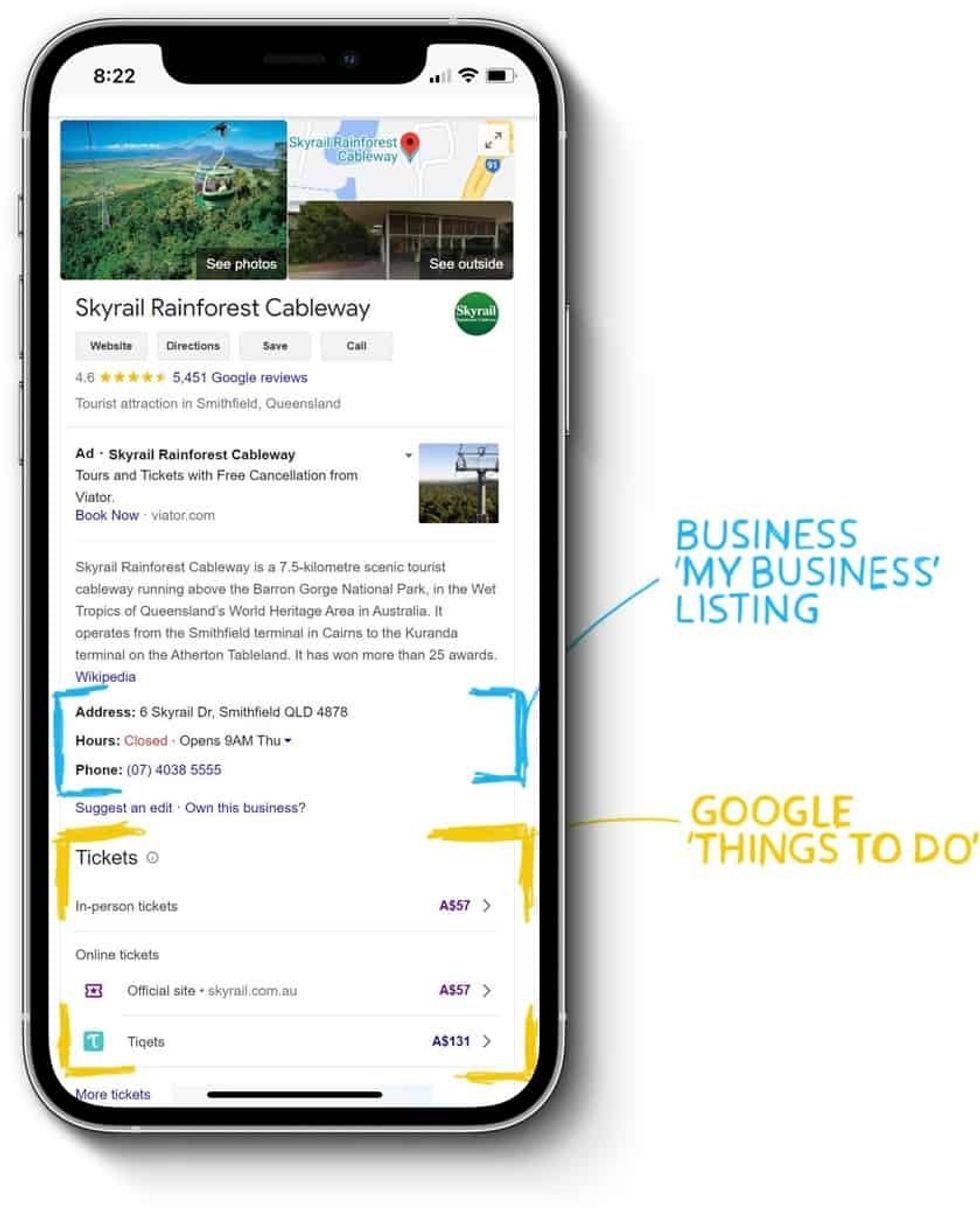
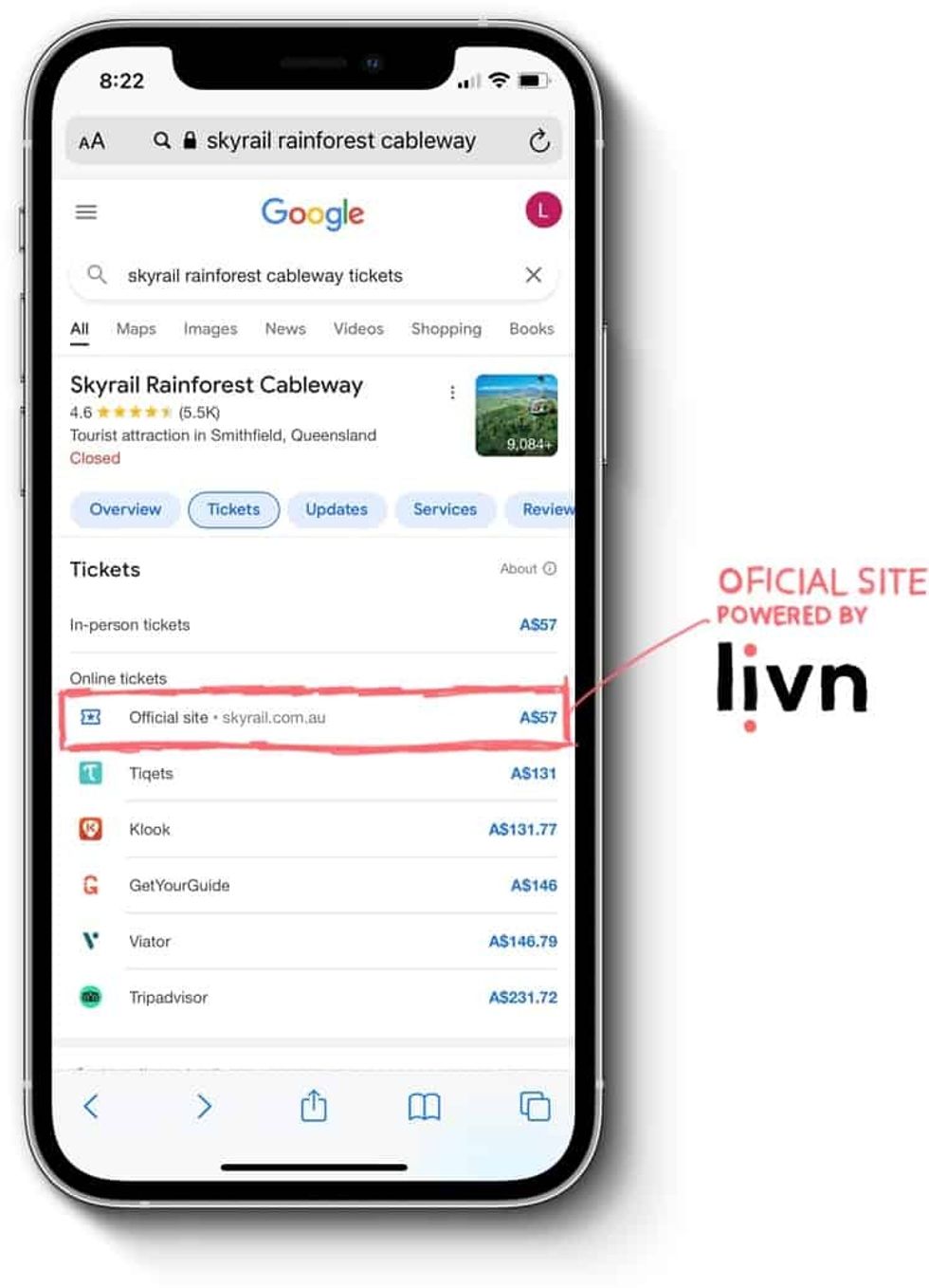
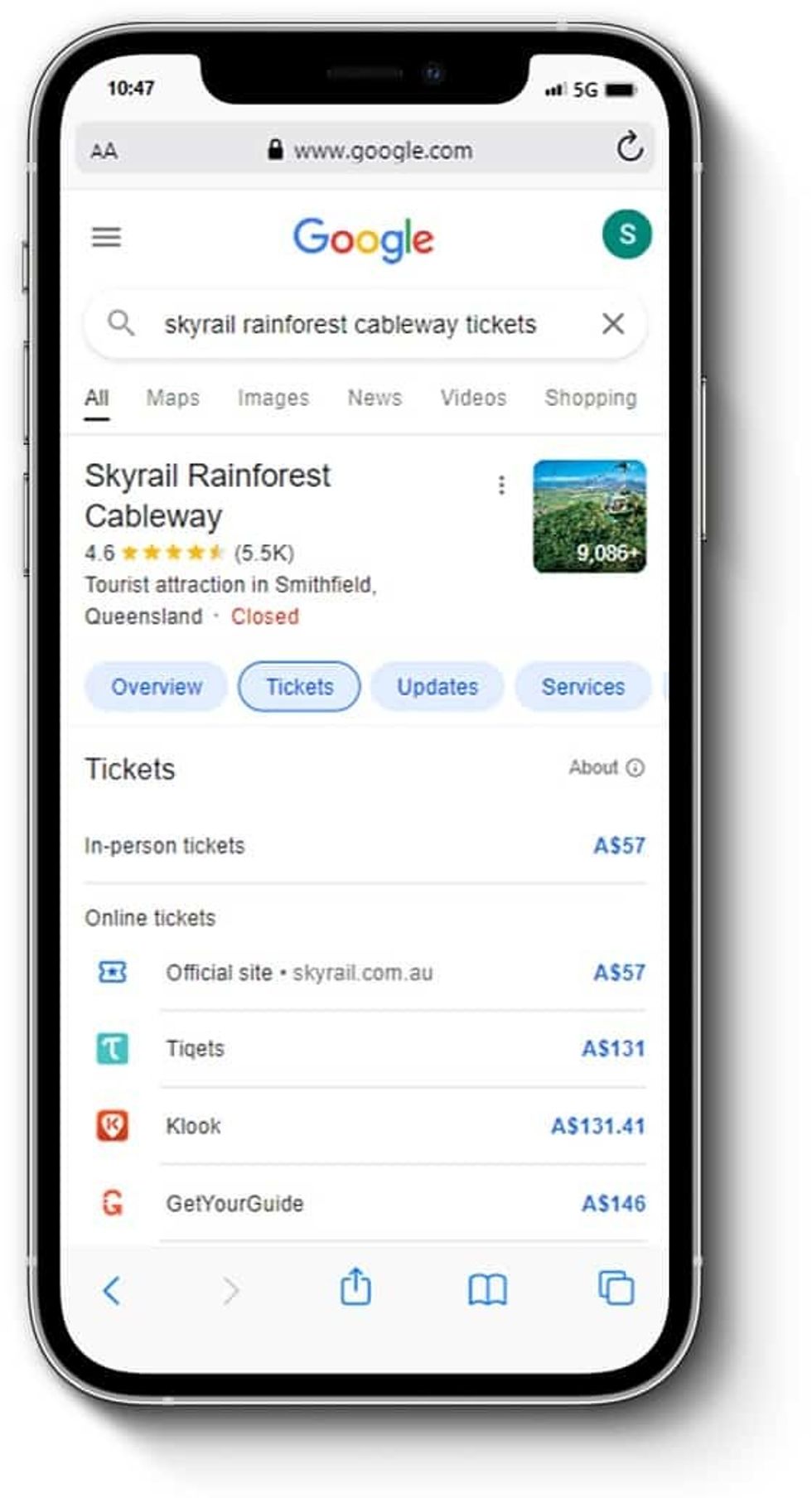

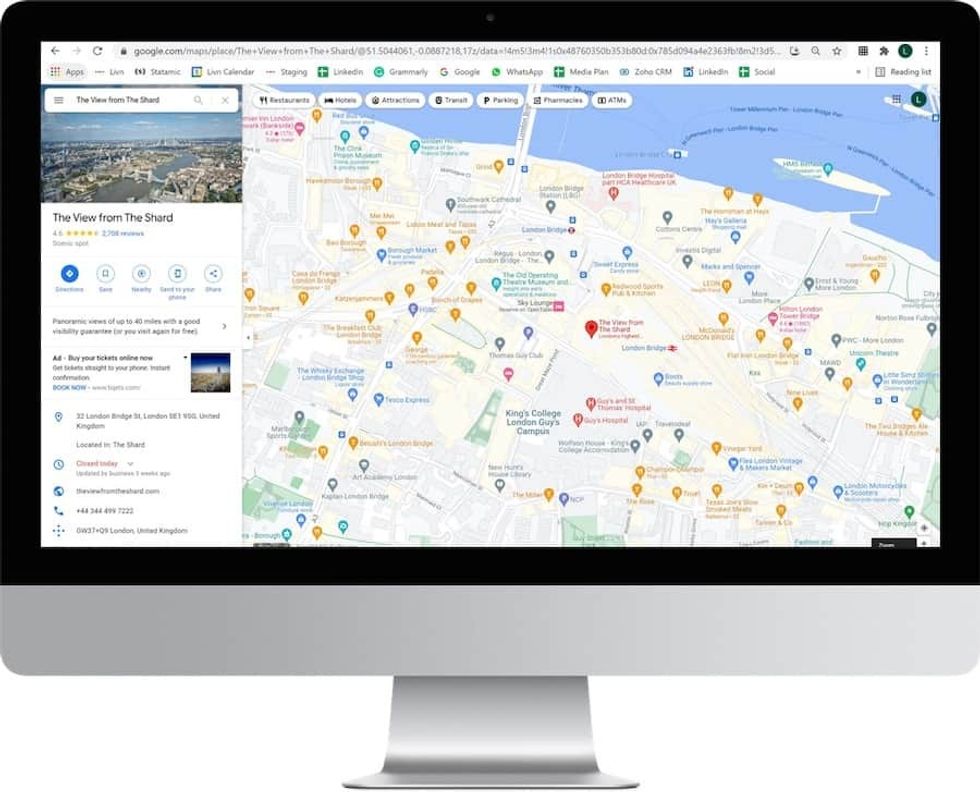
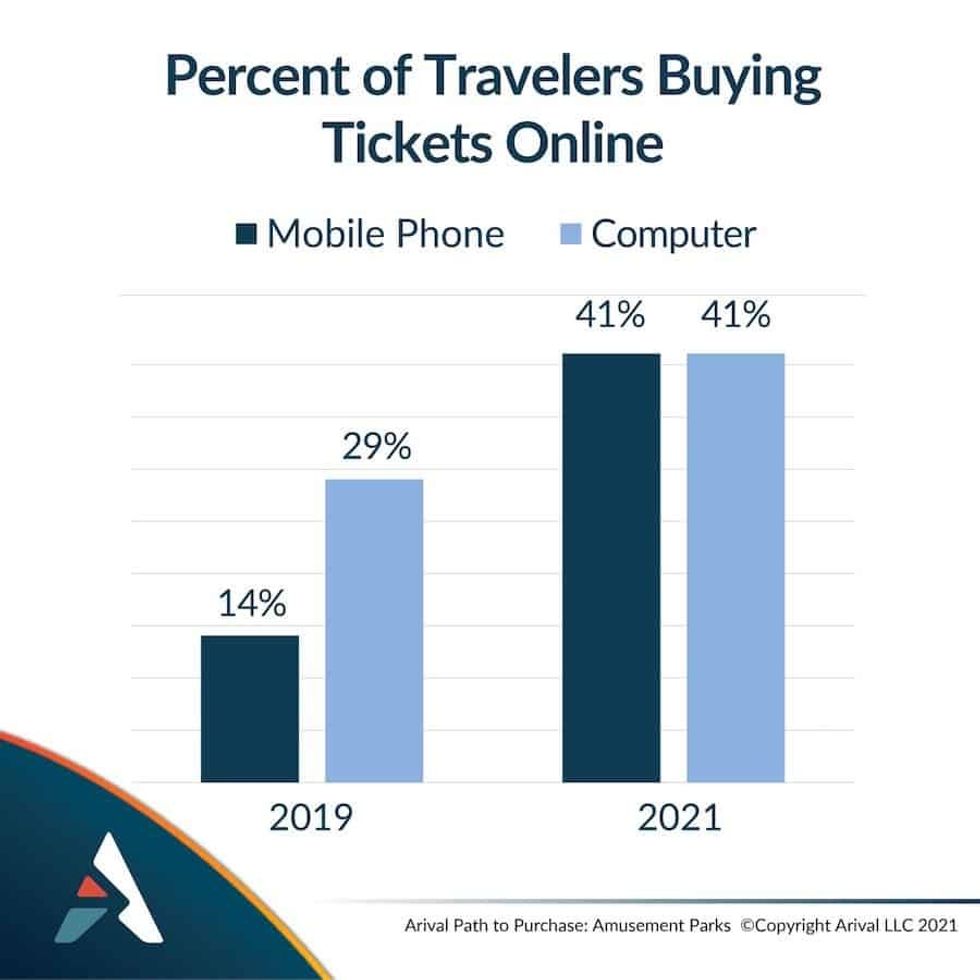

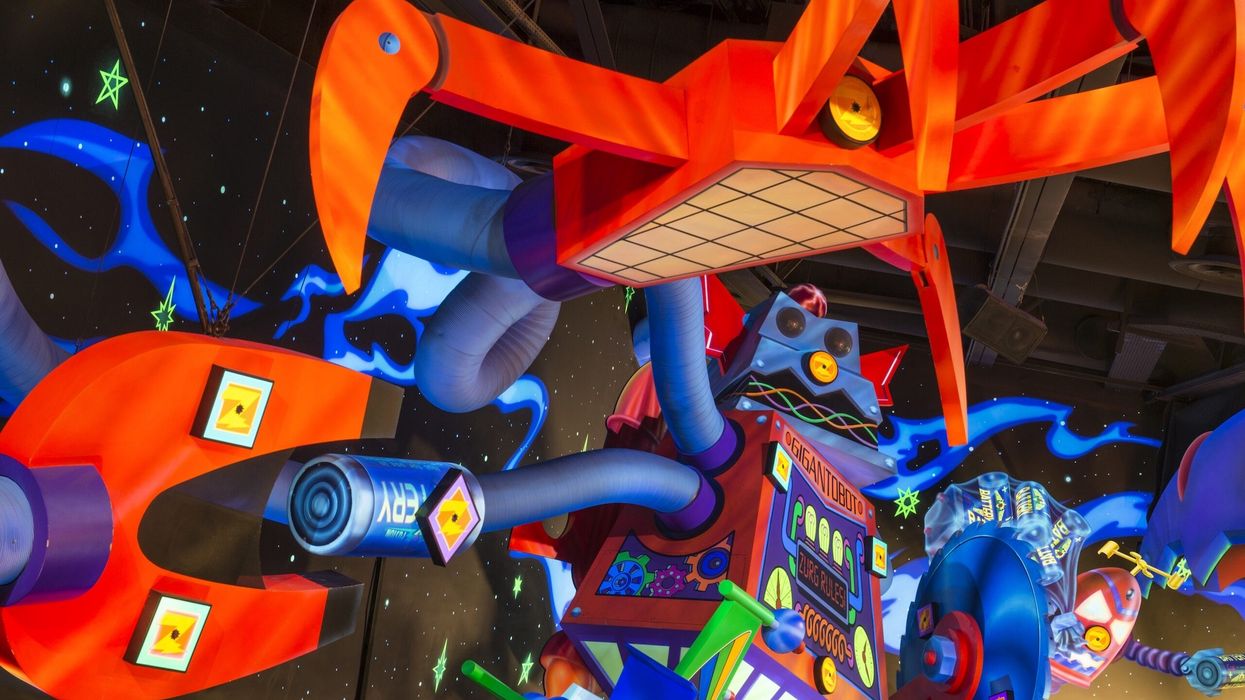

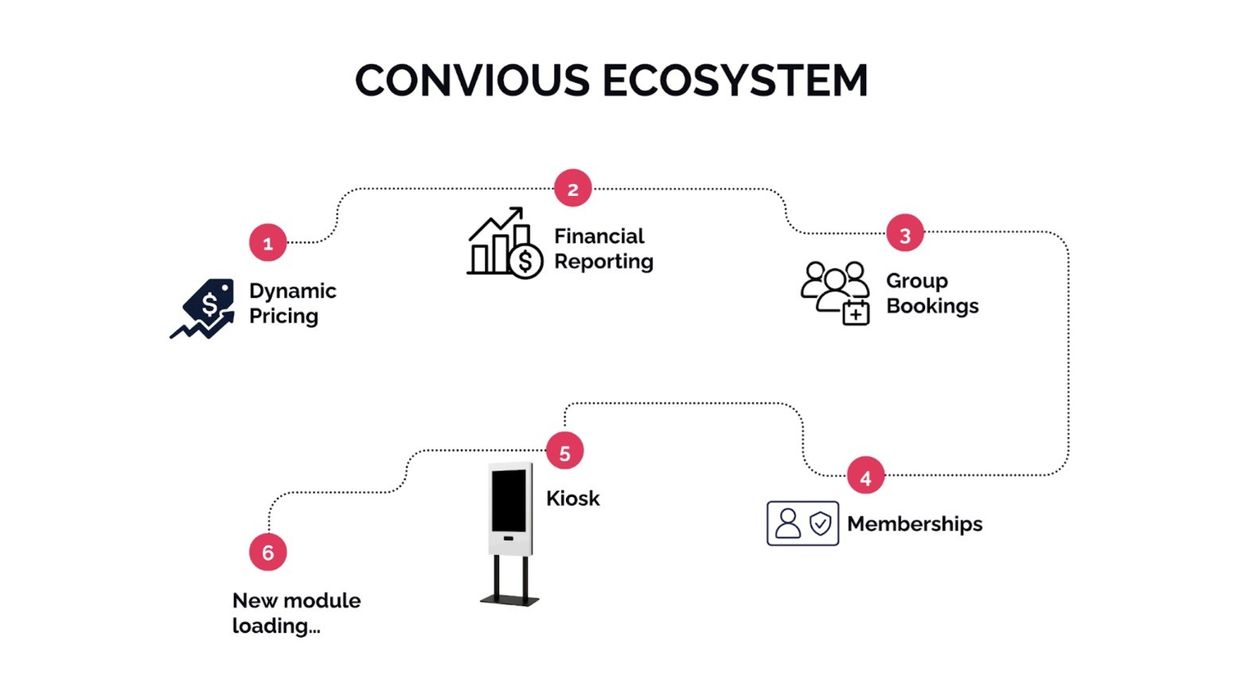

 TM Lim and Adam Wales
TM Lim and Adam Wales









 Toby Harris
Toby Harris Hijingo
Hijingo Flight Club, Washington D.C.
Flight Club, Washington D.C.
 Flight Club Philadelphia
Flight Club Philadelphia Flight Club Philadelphia
Flight Club Philadelphia Bounce
Bounce Hijingo
Hijingo Bounce
Bounce
 Fernando Eiroa
Fernando Eiroa











 Nickelodeon Land at Parque de Atracciones de Madrid
Nickelodeon Land at Parque de Atracciones de Madrid Raging Waters
Raging Waters  Mirabilandia's iSpeed coaster
Mirabilandia's iSpeed coaster Parque de Atracciones de Madrid
Parque de Atracciones de Madrid Ferracci at the ribbon-cutting ceremony for Nickelodeon Land at Mirabilandia, with (left) Marie Marks, senior VP of global experiences for Paramount and (cutting the ribbon) Sabrina Mangina, GM at Mirabilandia
Ferracci at the ribbon-cutting ceremony for Nickelodeon Land at Mirabilandia, with (left) Marie Marks, senior VP of global experiences for Paramount and (cutting the ribbon) Sabrina Mangina, GM at Mirabilandia Tropical Islands OHANA hotel
Tropical Islands OHANA hotel Elephants at Blackpool Zoo
Elephants at Blackpool Zoo  Tusenfryd
Tusenfryd
 Andrew Thomas, Jason Aldous and Rik Athorne
Andrew Thomas, Jason Aldous and Rik Athorne







